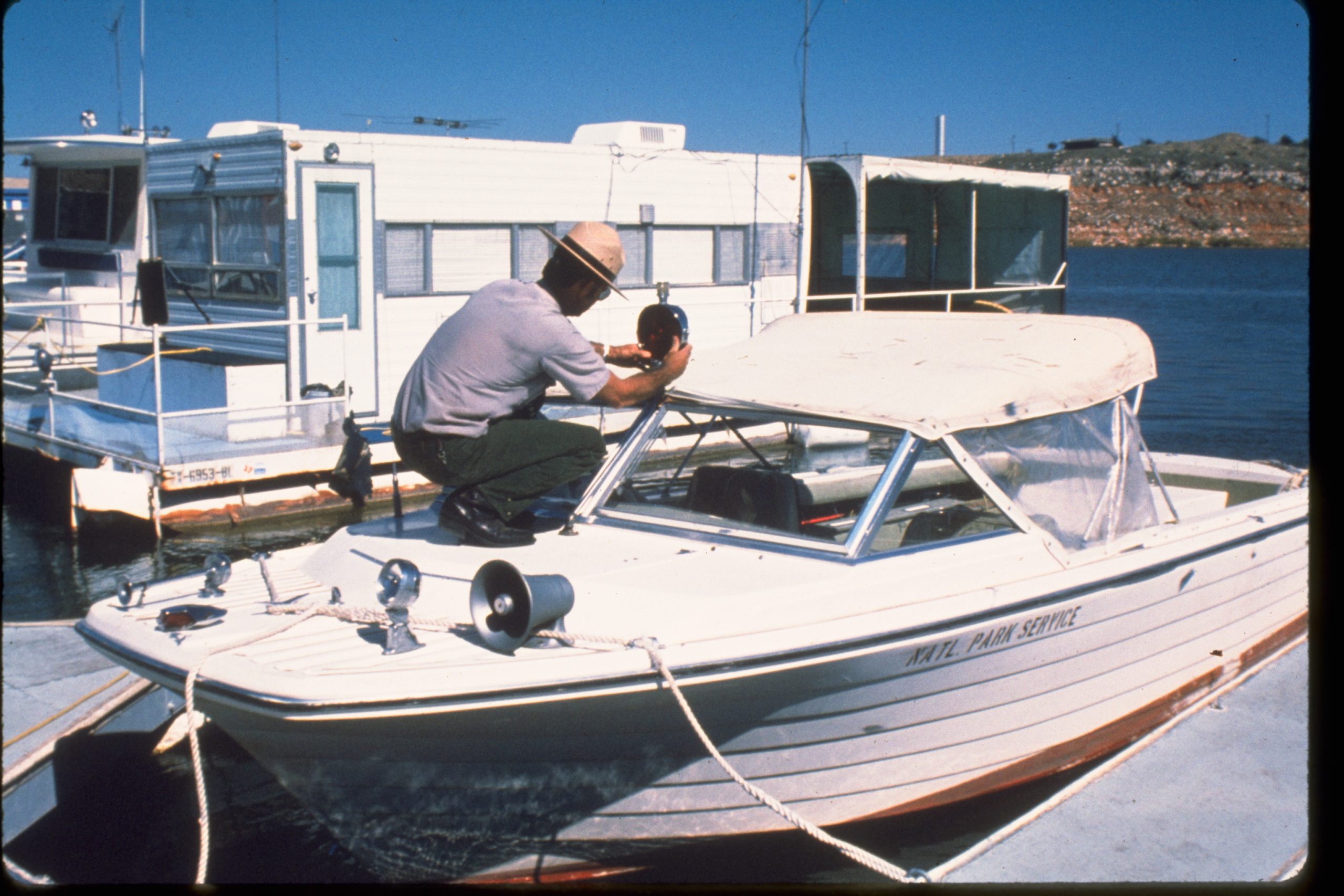March 28, 2023 — “Lake Mead National Recreation Area is our country’s first national recreation area and the fifth most-visited park in the National Park System,” a handful of senators reminded the National Park Service and Office of Management and Budget in a March 21 letter.
The Lake Mead National Recreation Area is in southeastern Nevada and northwestern Arizona and operated by the National Park Service. It includes over 1.5 million acres of diverse landscapes, including the areas surrounding Lake Mead and Lake Mohave, which are both reservoirs created by the Hoover Dam and the Davis Dam, respectively. Established in 1964, it was the first area of its kind in the United States. The Lake Mead National Recreation Area offers a variety of recreational opportunities such as boating, swimming, fishing, hiking, wildlife viewing, and camping. The area’s unique desert ecosystem is home to various plant and animal species, including the iconic desert bighorn sheep and the endangered desert tortoise. The park features several marinas, visitor centers, and historical sites, such as the Hoover Dam and the remains of St. Thomas, a town that was submerged after the construction of the Hoover Dam.
is in southeastern Nevada and northwestern Arizona and operated by the National Park Service. It includes over 1.5 million acres of diverse landscapes, including the areas surrounding Lake Mead and Lake Mohave, which are both reservoirs created by the Hoover Dam and the Davis Dam, respectively. Established in 1964, it was the first area of its kind in the United States. The Lake Mead National Recreation Area offers a variety of recreational opportunities such as boating, swimming, fishing, hiking, wildlife viewing, and camping. The area’s unique desert ecosystem is home to various plant and animal species, including the iconic desert bighorn sheep and the endangered desert tortoise. The park features several marinas, visitor centers, and historical sites, such as the Hoover Dam and the remains of St. Thomas, a town that was submerged after the construction of the Hoover Dam.
Concerned about the low water levels in Lake Mead and the economic impact on local businesses, Nevada’s Senators Jacky Rosen and Catherine Cortez Masto, and Arizona’s Senators Mark Kelly and Kyrsten Sinema asked that the National Park Service use a portion of the $1.5 billion appropriated by Congress for expenses related to natural disasters to address the drought-related boat ramp closures at Lake Mead. “The low water levels have seriously impacted recreation, particularly with the closure of all but one boat launch ramp at the lake, putting businesses and jobs at risk,” they wrote, citing similar appropriations to Denali National Park and Preserve in Alaska and Yellowstone National Park in Montana.
Although winter snowpack has exceeded averages and expectations, filling other storage systems in the Southwest, the situation at Lake Mead has not appreciably improved. On March 17 and due to low water levels at the reservoir, the Southern Nevada Water Authority Board approved a $1.4 million plan to lower the “intake straw ” that diverts water from Lake Mead to the Las Vegas area.
” that diverts water from Lake Mead to the Las Vegas area.
Image: Lake Mead National Recreation Area by the National Park Service, public domain via Wikimedia Commons.
by the National Park Service, public domain via Wikimedia Commons.


Leave a Reply